Go West
This framework agreement concerns the design and implementation of a complex urban and landscape project. Long-term supervision is to ensure the consistency of implementation and the most seamless succession of the various phases — design, land management, soil remediation, transitional management, temporary use, design of public spaces, GDP or subdivision permits, impact assessments, etc. It concerns the start of the transformation of a 13-hectare derelict railway site into a new mixed-use district (facilities, housing, public park, offices, commercial). How do you create an urban space on a site that functioned as an island in the city for decades? Is it enough to open the gate and salvage remnants of the past as a kind of patina? Or should we rather "strip" the site and preserve only what is truly valuable? And then for whom is this valuable?
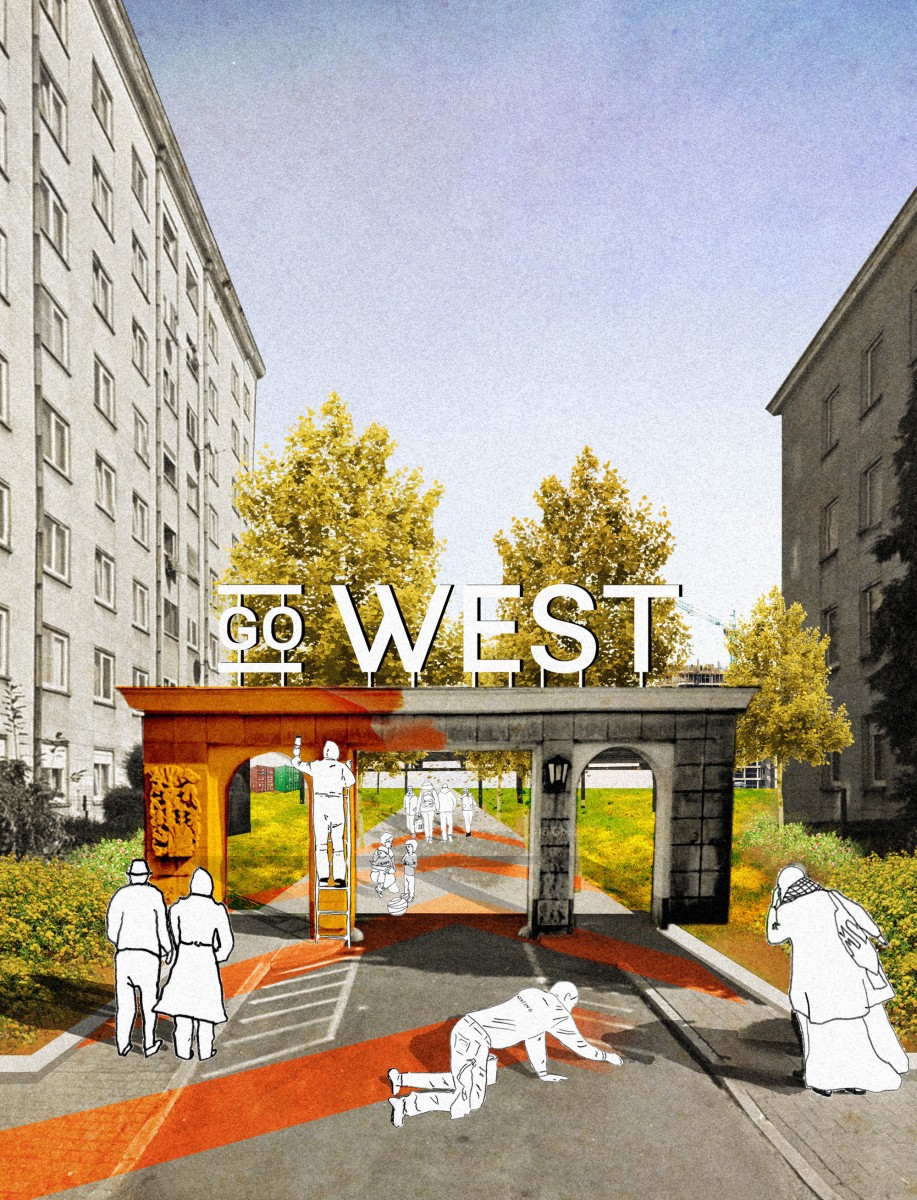
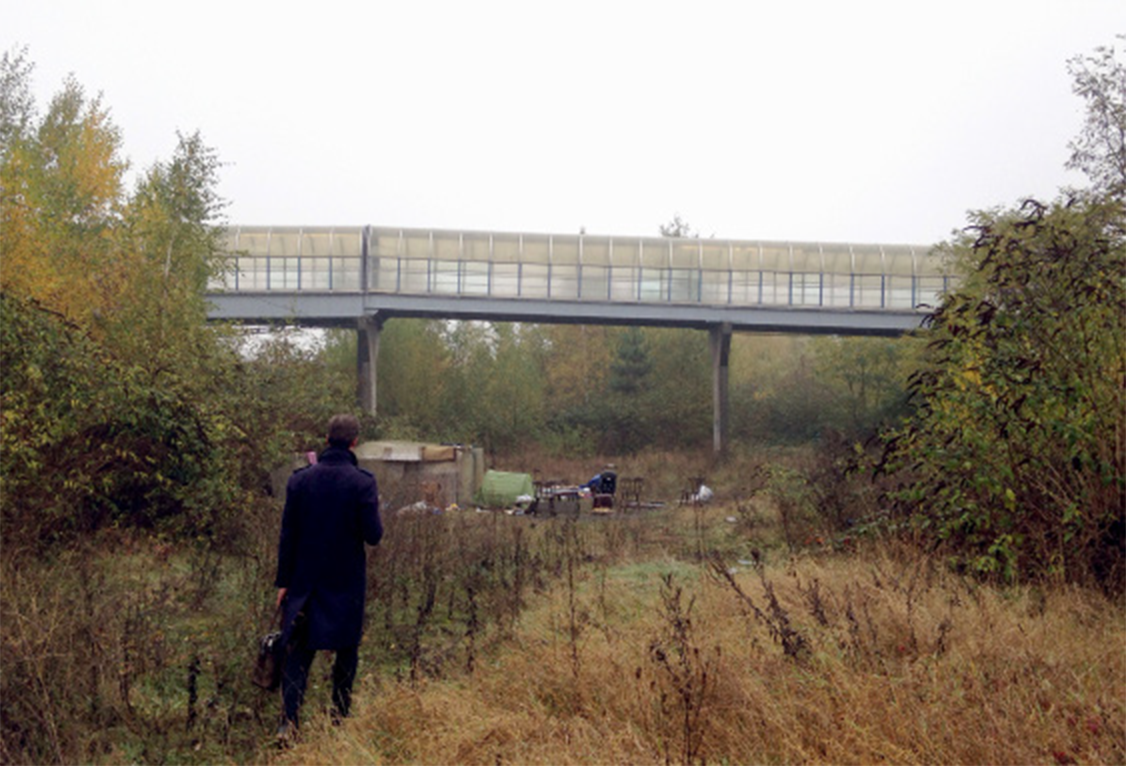
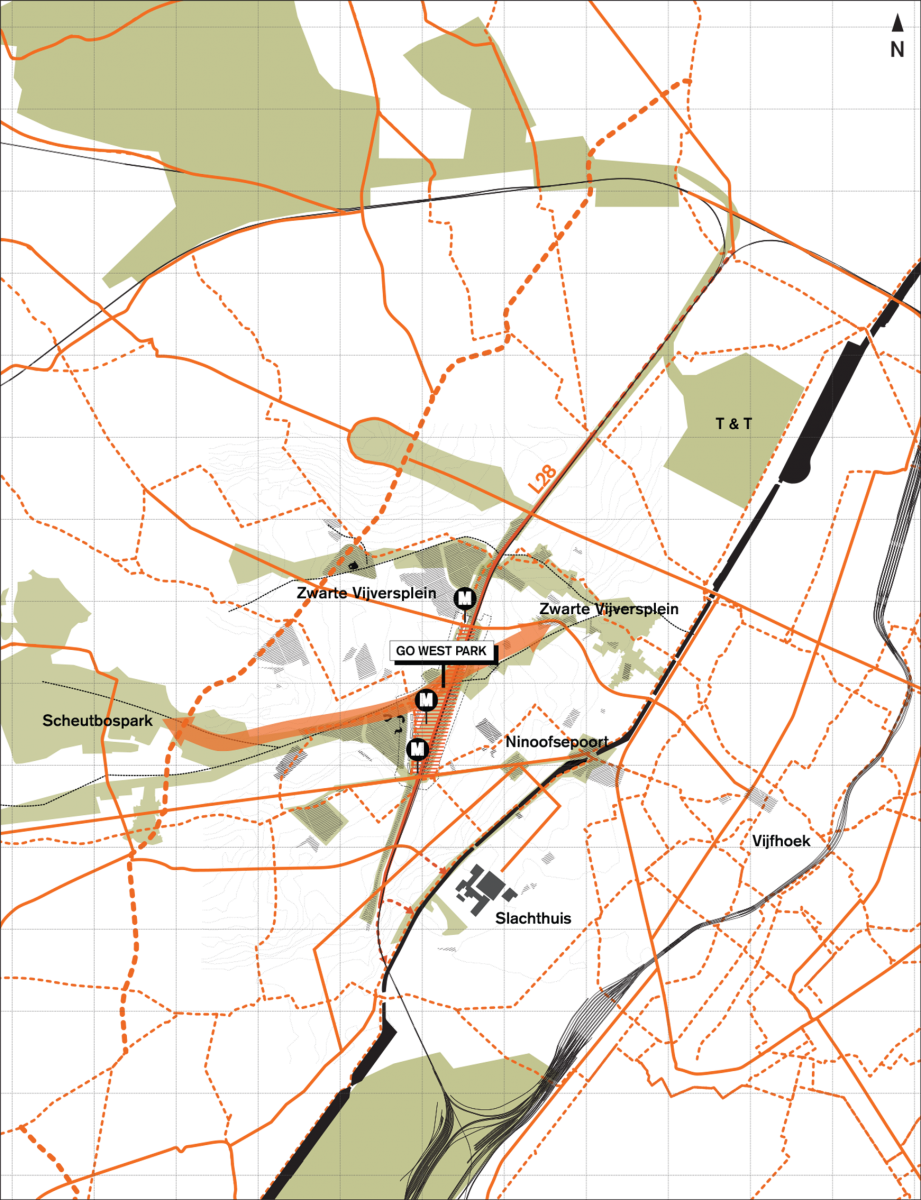
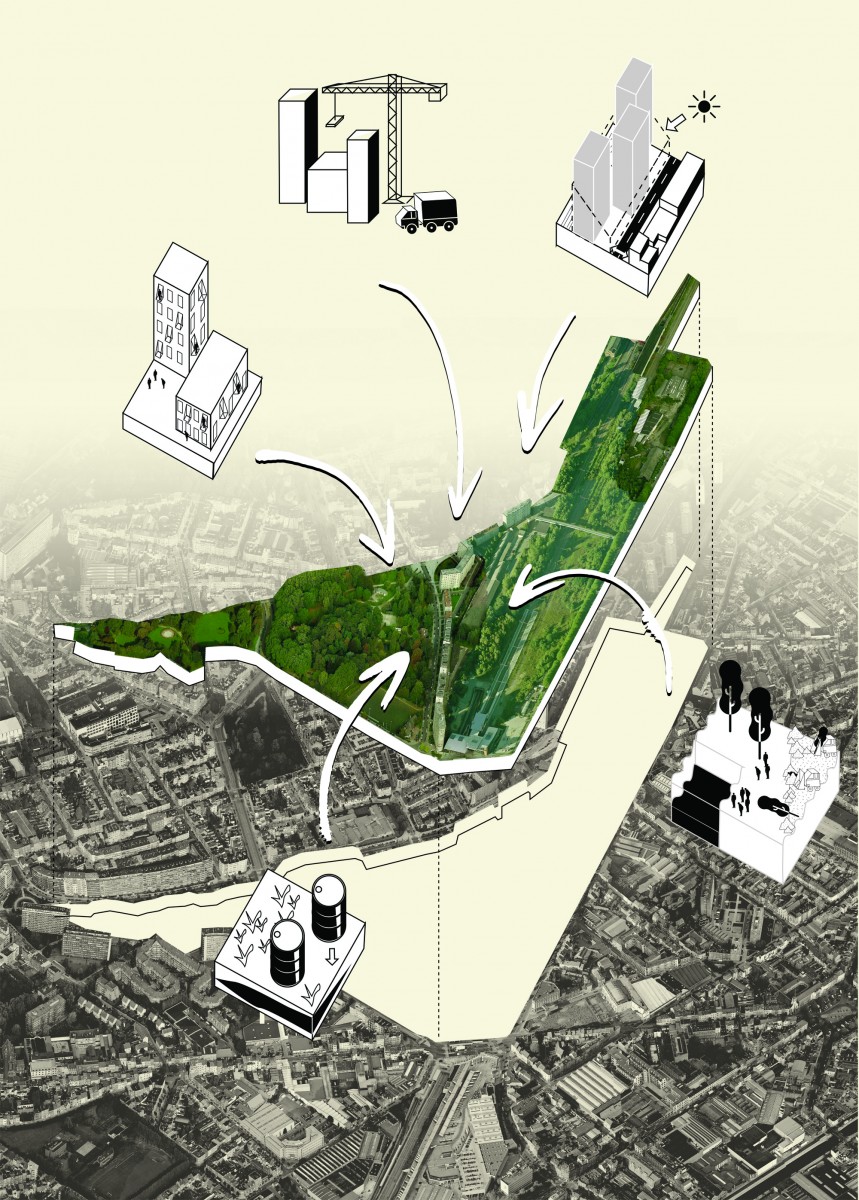
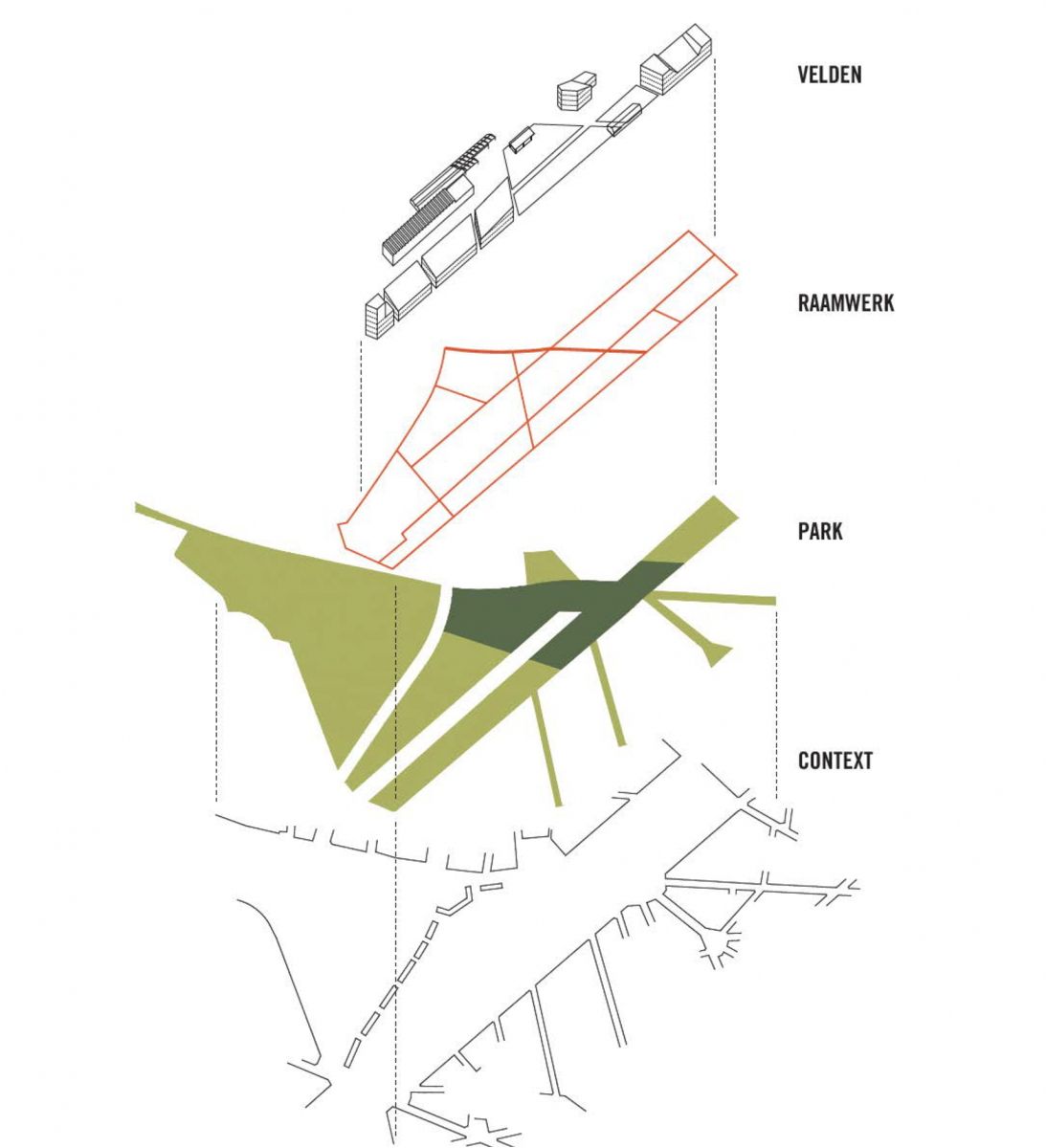
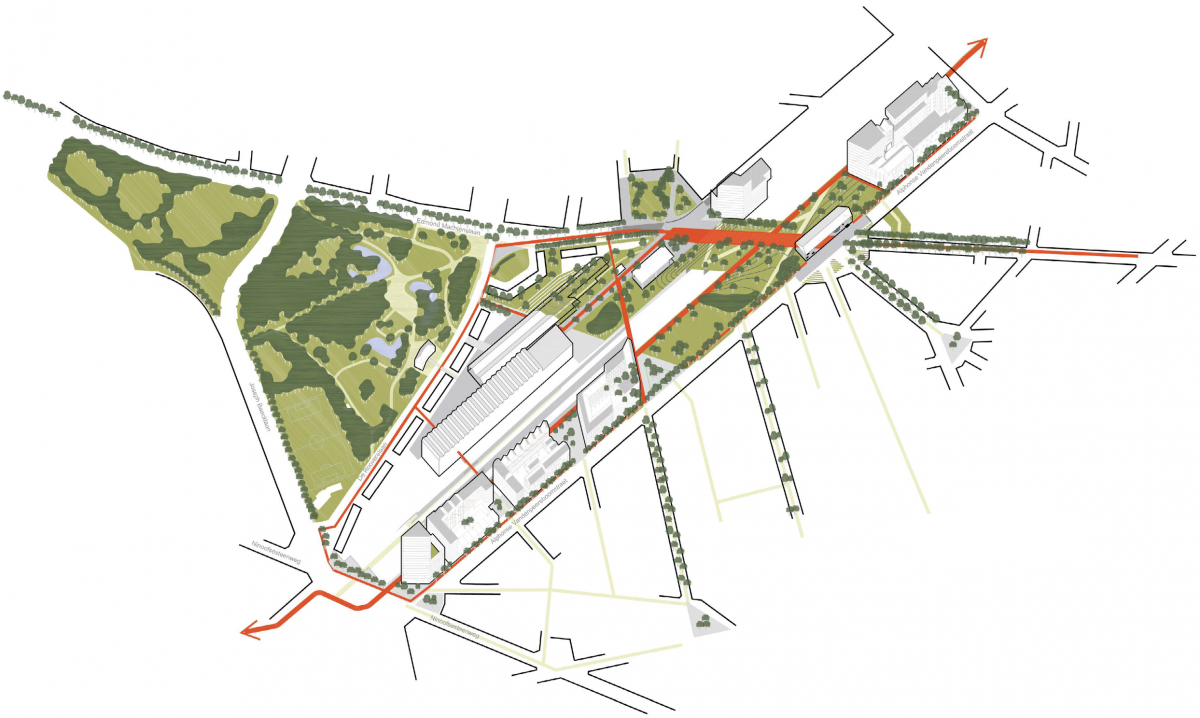
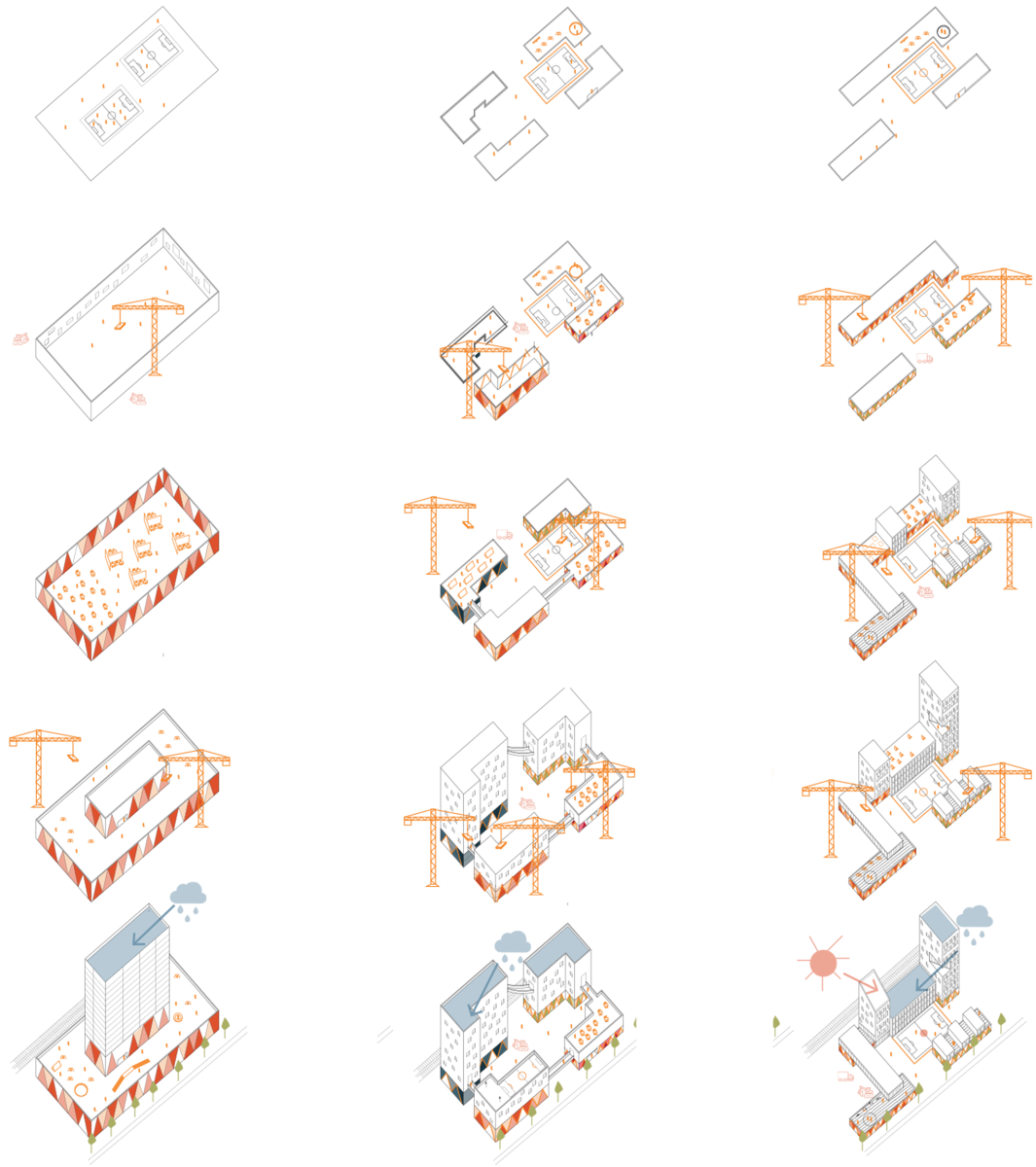
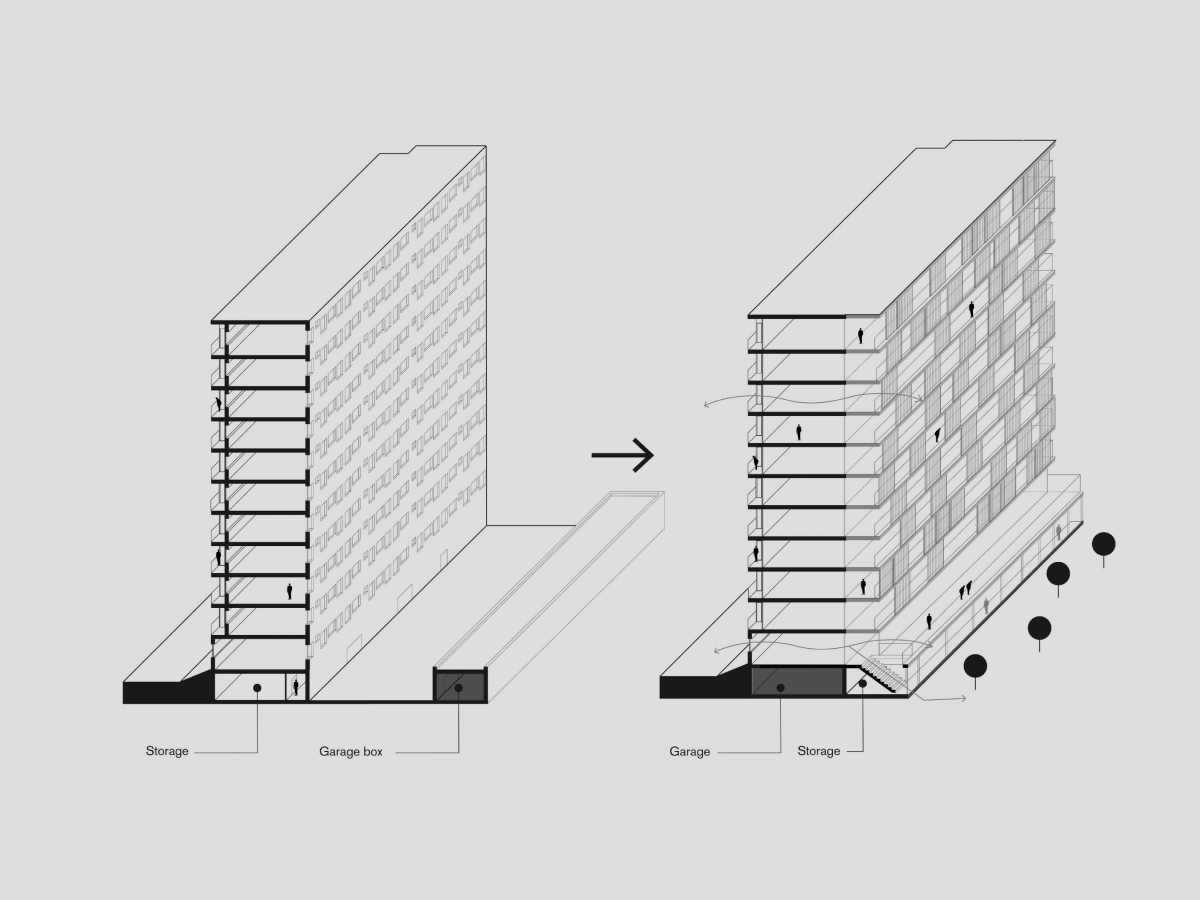
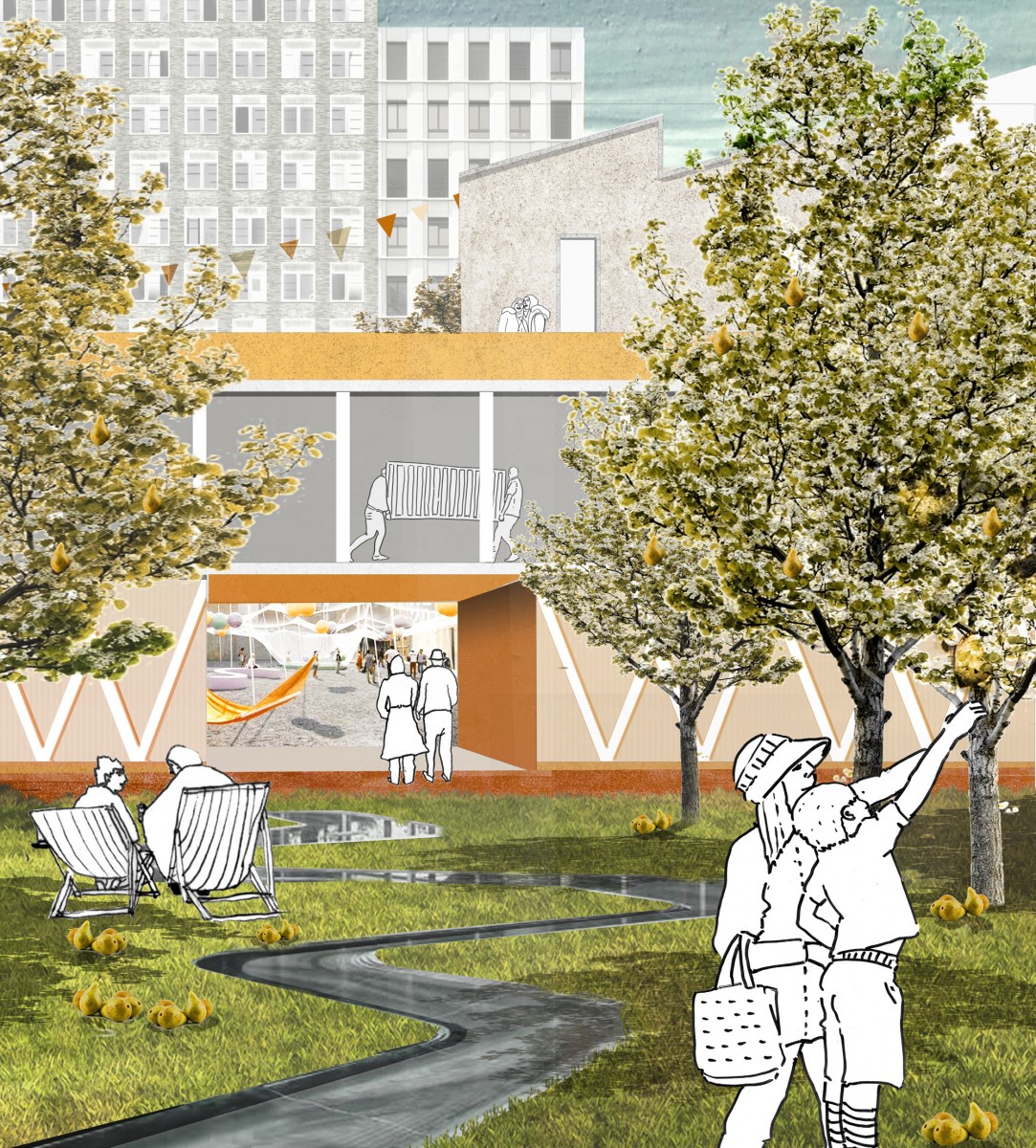
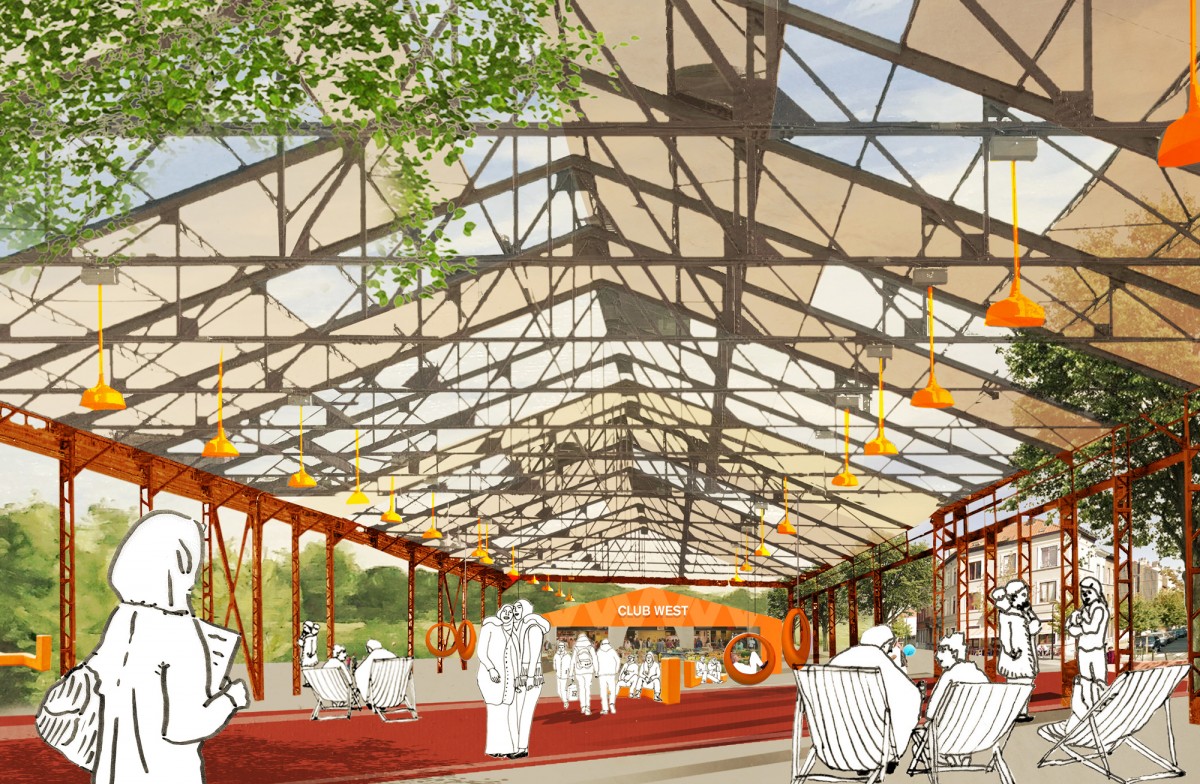
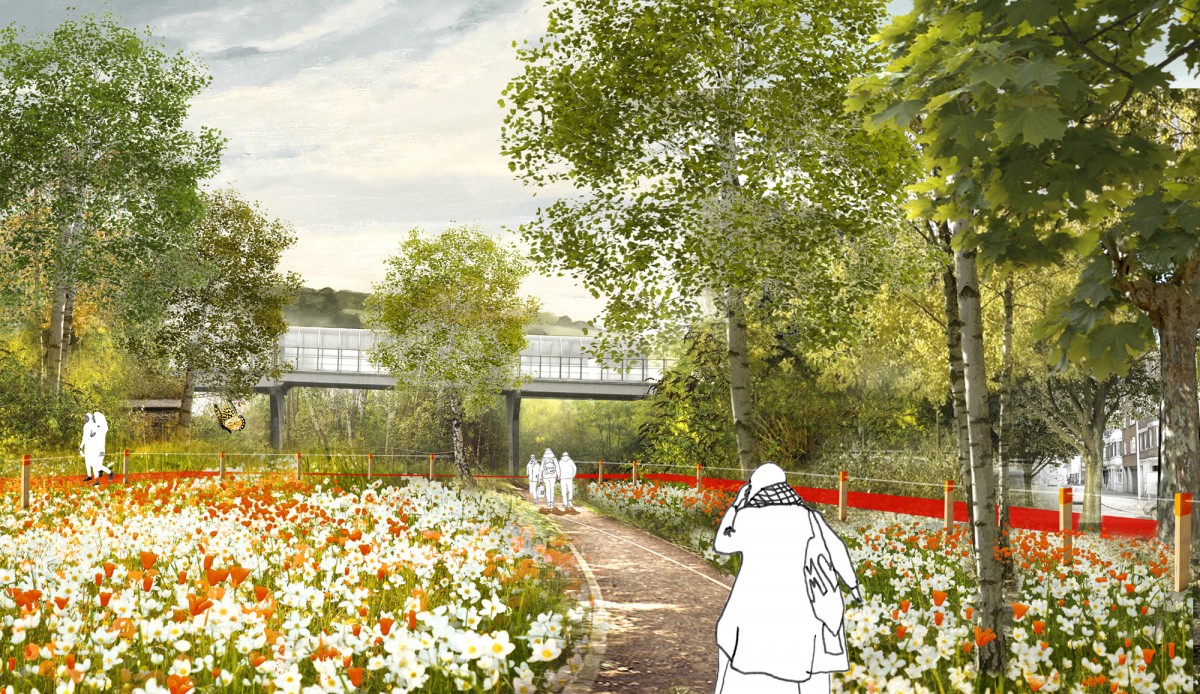
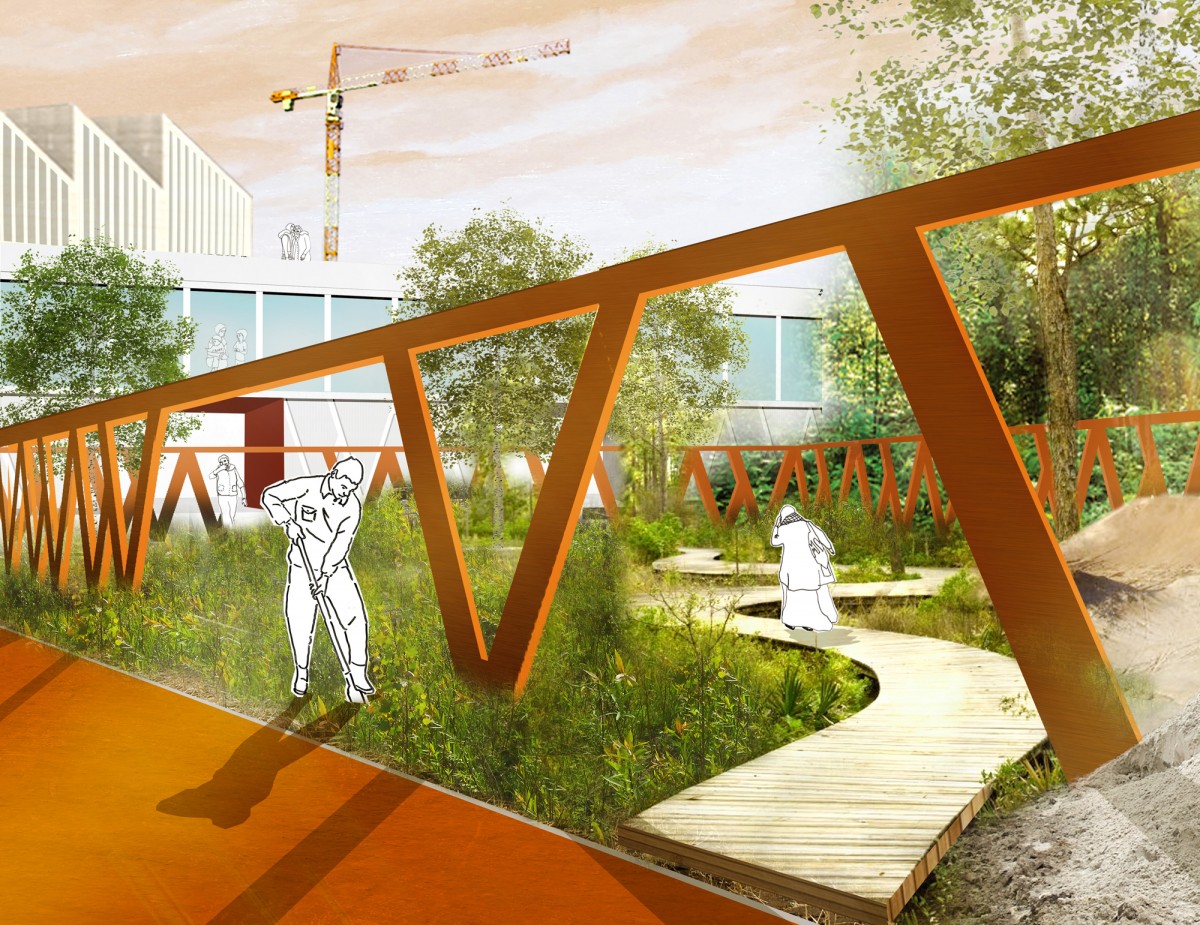
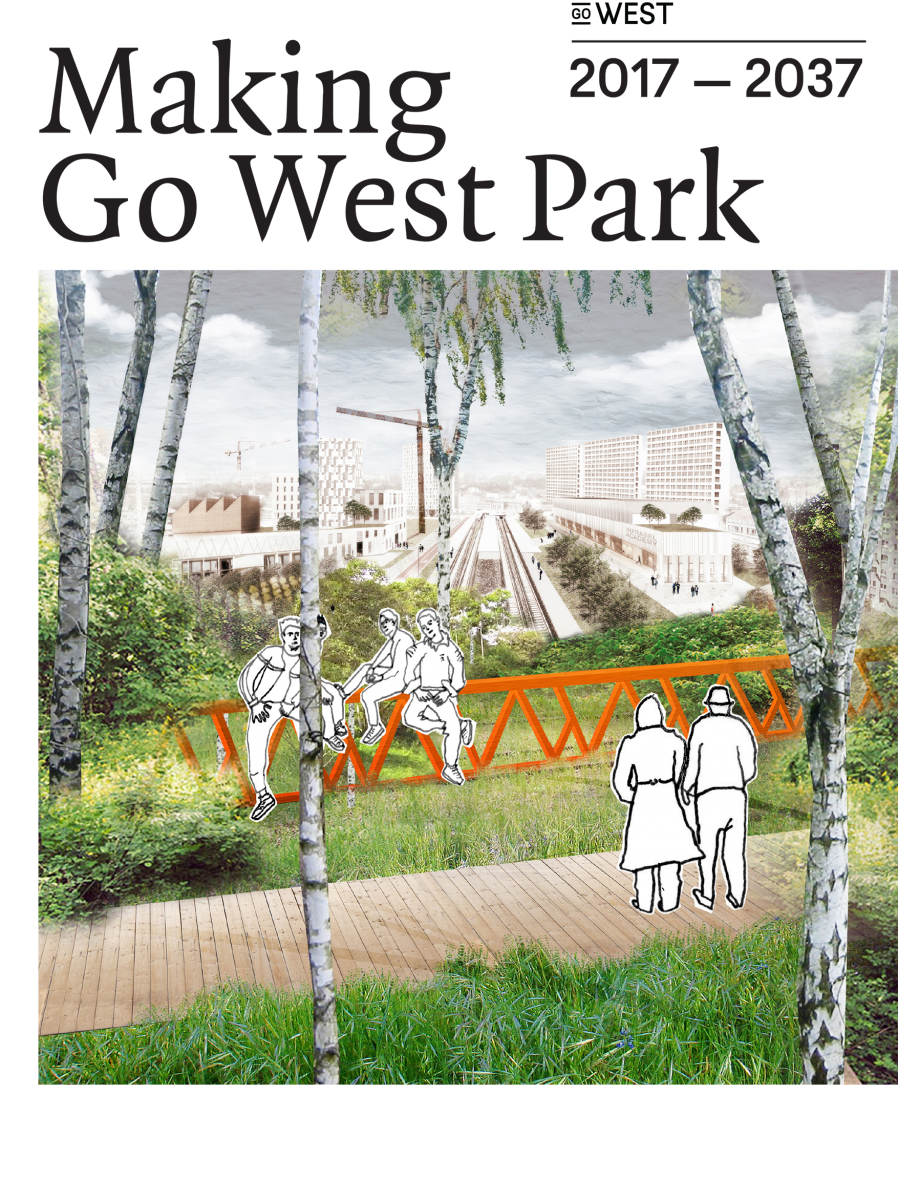
Location:
Sint-Jans-Molenbeek, Brussels Metropolitan Region
Project:
Regional Plan for Weststation area
Year:
2017
Phase:
Competition
Client:
ADT ATO Brussels (The Urban Development Agency)
Surface:
13 ha
i.s.m.:
ZUS, Sweco, Common Ground